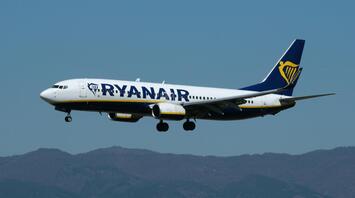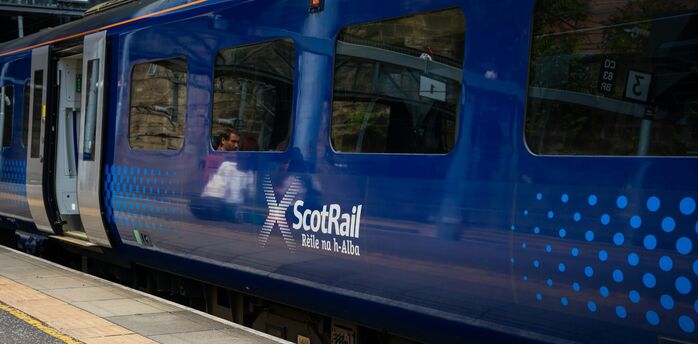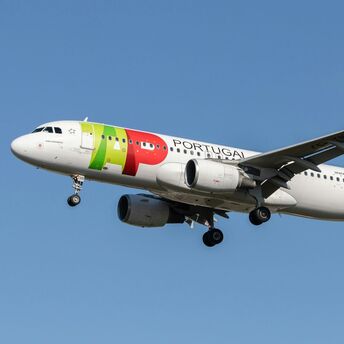Saarbrücken Airport to Offer Direct Flights to Southern Europe from 2026

From the summer of 2026, Saarbrücken Airport will gain direct air links to Alicante, Lamezia Terme, and Trapani, operated by Ryanair. This expansion places the Saarland airport into the carrier’s European network, which covers more than 230 airports. This change opens up fresh travel opportunities for residents of southwestern Germany, who have previously depended on Frankfurt or Munich airports for similar routes. It reflects ongoing adjustments in how airlines distribute capacity across Europe.
Ryanair stated that Saarbrücken was chosen because regional airports generally apply lower operational charges compared to Germany’s main hubs. The airline has criticized Germany’s aviation taxes and airport fees, which remain among the highest in Europe, arguing that they slow down traffic recovery. This step shows how airlines adapt to varying airport charges, with smaller airports gaining weight as viable options to sustain competitive route networks.
"We are delighted to announce the launch of our flights to Saarbrücken. By expanding our presence at regional airports with competitive costs, such as Saarbrücken, we can avoid the extremely high access costs of Germany's major airports. This enables us to keep ticket prices low and offer our passengers more choice."
These routes create opportunities for more direct access to southern Europe. Instead of traveling to larger hubs and facing additional transfers, they will be able to start journeys closer to home. This speeds up journeys and simplifies travel arrangements for both leisure and business travelers. It is especially useful for those visiting seasonal destinations, removing the need for complicated connecting flights.
The new network covers destinations that provide travelers with diverse options. Alicante offers access to Spain's Costa Blanca, Lamezia Terme serves as a gateway to Calabria in southern Italy, and Trapani links western Sicily with nearby islands. Each of these routes targets well-known tourist destinations, showing that demand for Mediterranean travel remains strong. For Saarbrücken, this provides access to destinations that previously required longer, indirect travel.

Adding Saarbrücken shows how airlines are adjusting their strategies to navigate national aviation regulations and airport charges. Germany's main airports still face scrutiny over steep access fees, whereas regional airports are increasingly seen as practical alternatives. For travelers, this change highlights a broader trend: new international connections may emerge not only from global hubs, but also from smaller regional airports that are responding to changing market conditions.



















